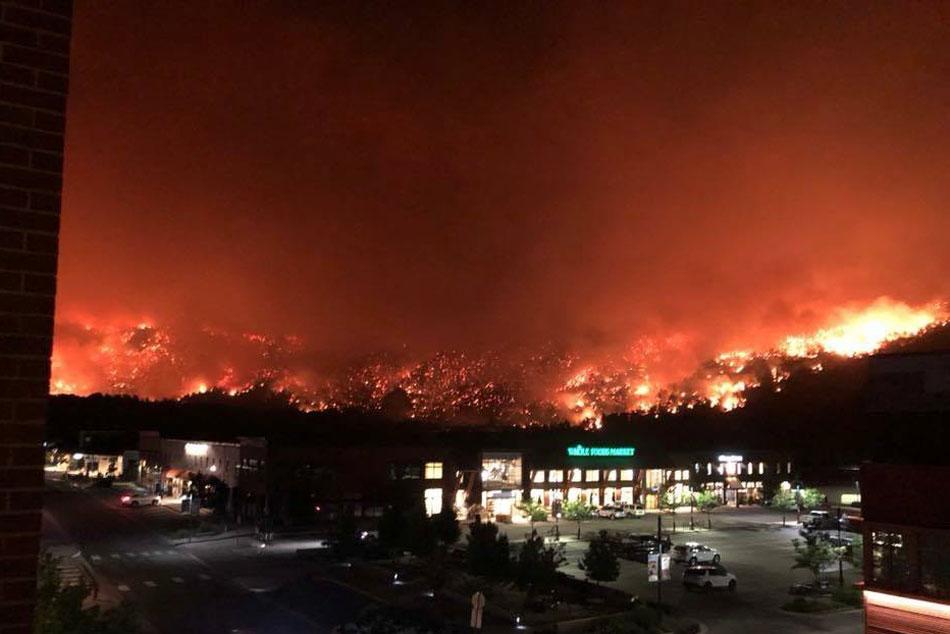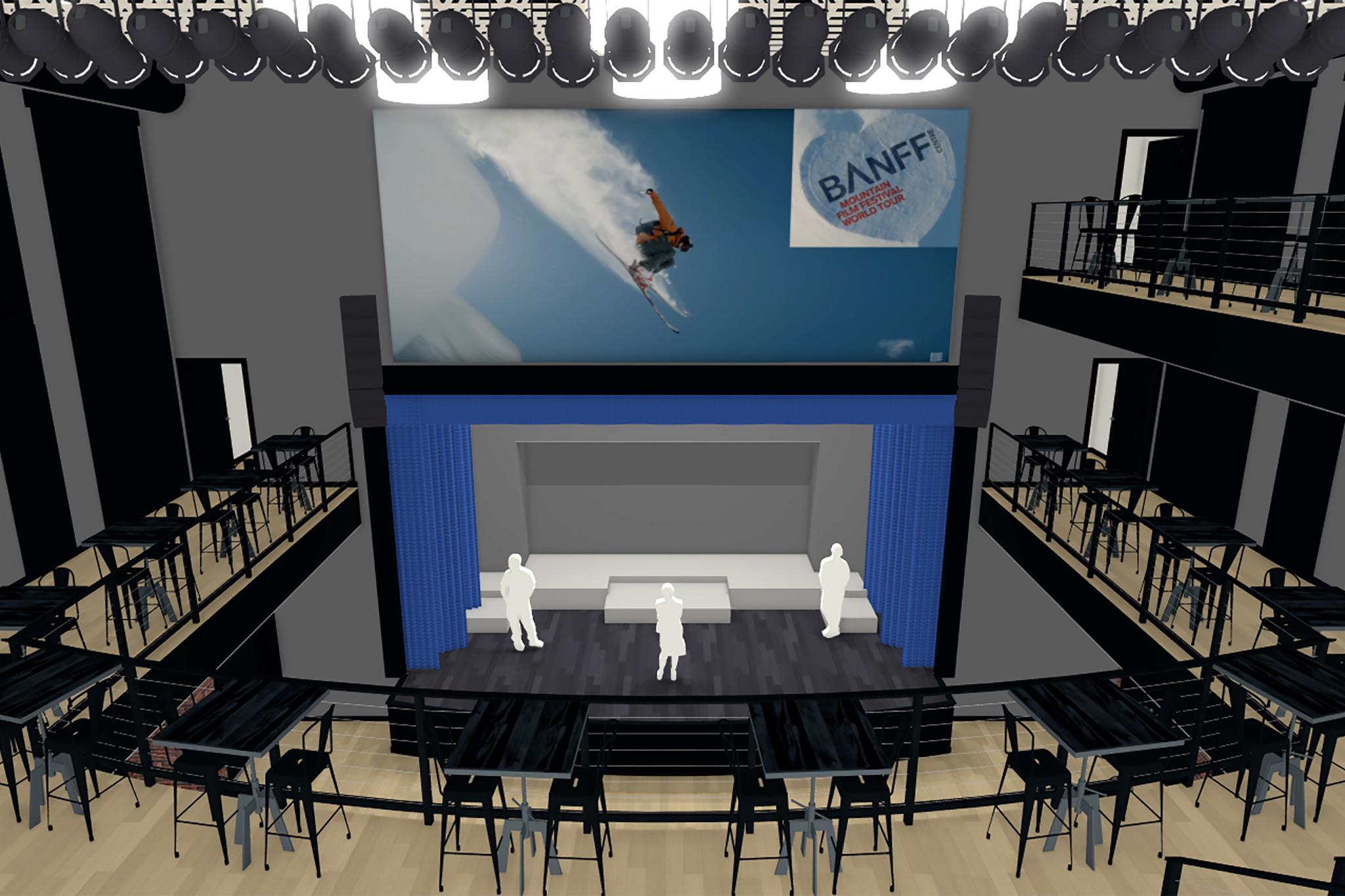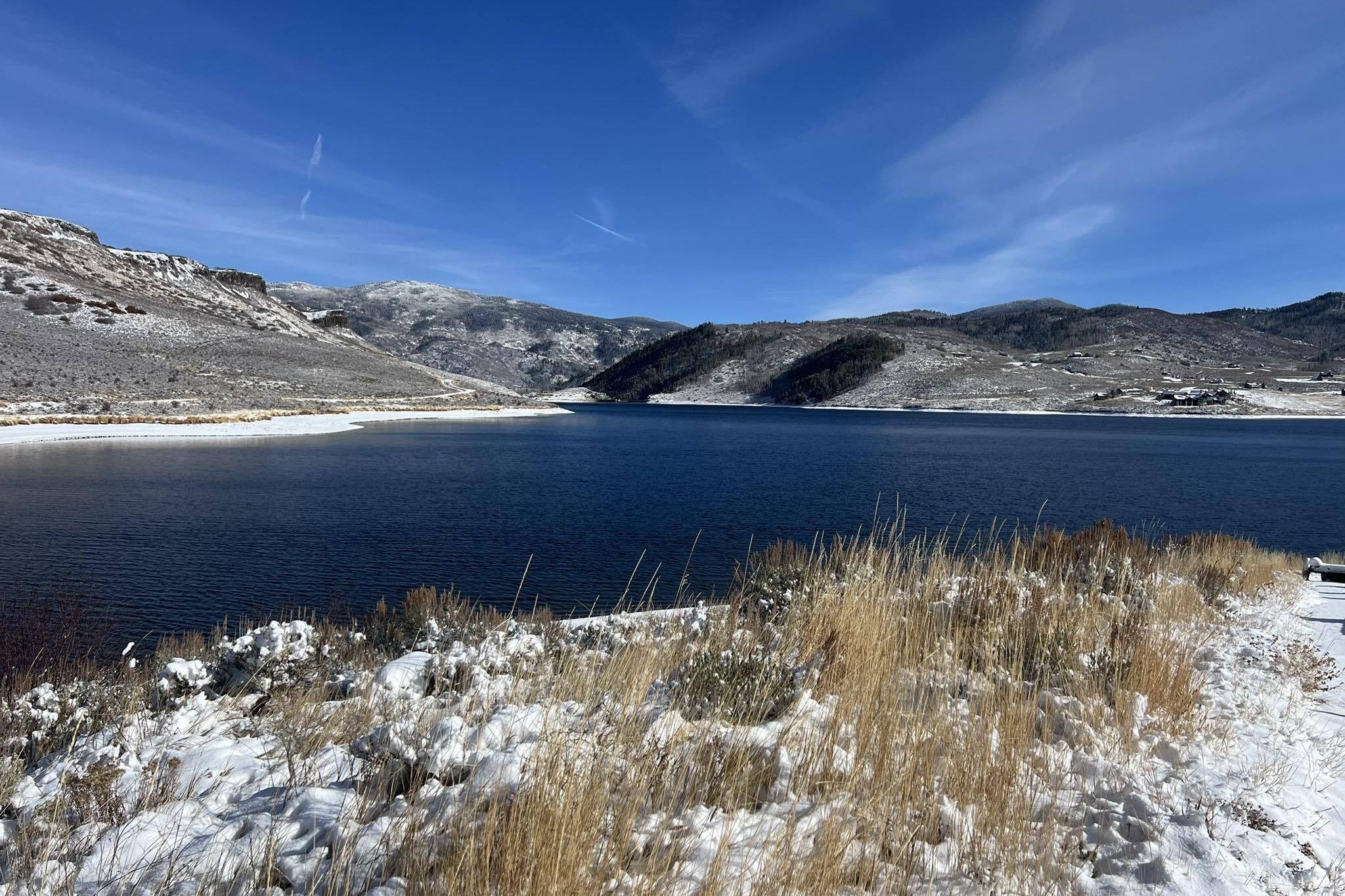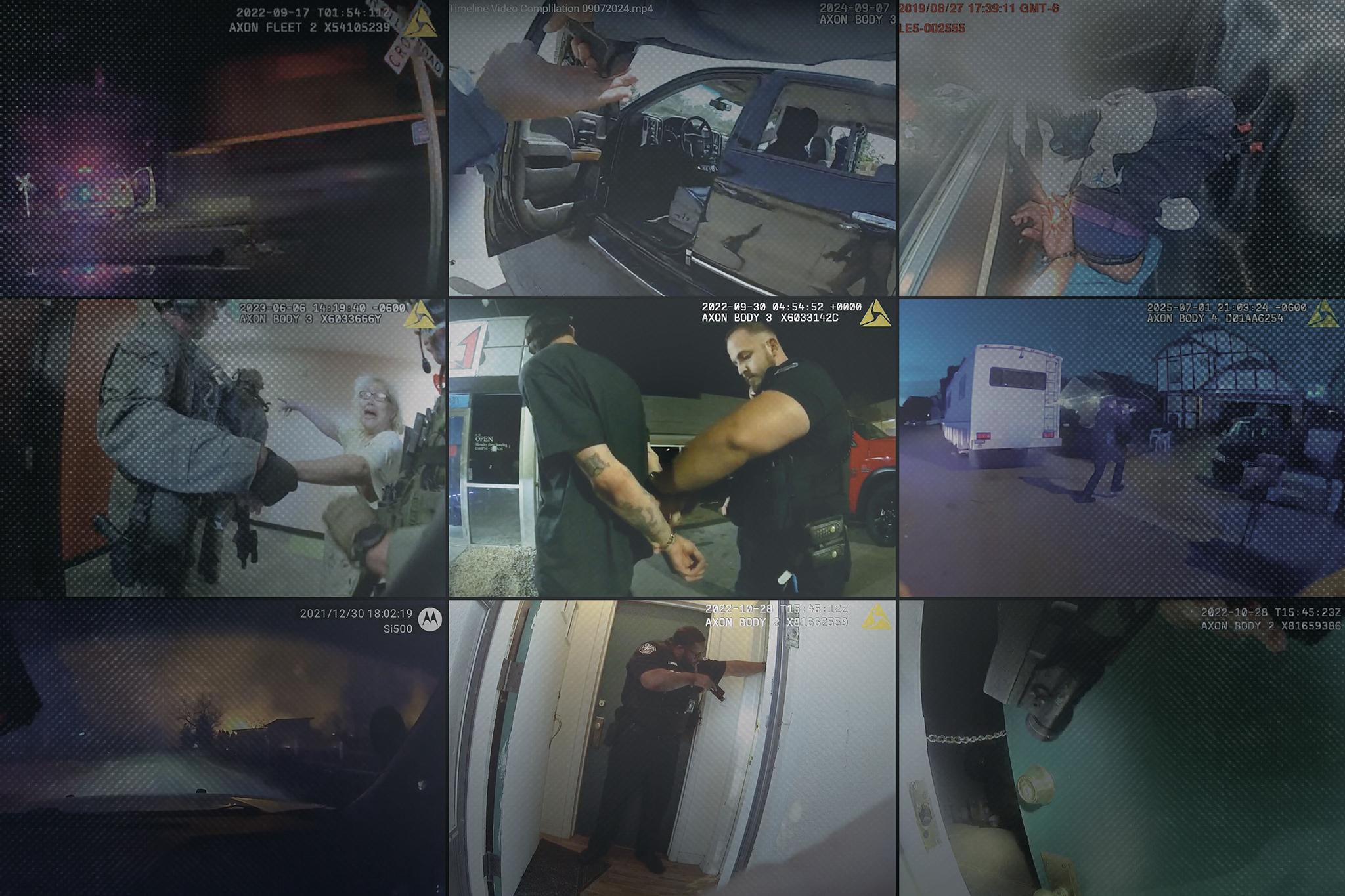
Editor's Note: The Spring Fire started June 27 and has continued to grow. The Lake Christine Fire started July 3. This story covers developments and updates that occurred July 5. You can find the latest on the fire here. Our original post continues below.
--
Many July 4 plans across Colorado were derailed either because of active fire or the high threat of fire danger. Thousands were out of their homes for the holiday and strict bans on fireworks sought to prevent new fires from igniting in the hot, dry conditions.
As Independence Day dawned, the Spring Fire burning in Costilla and Huerfano counties had already secured its spot as the third largest fire in the state’s history, passing the 2012 High Park Fire in Larimer County. As of Thursday morning, the fire is closing in on the number two spot held by the 2013 West Fork Complex fire with 103,357 acres blackened (just over 203 square miles). Officials say 132 structures have been destroyed so far.
Officials said preventing the flames from spreading toward the small mountain town of Cuchara, on the south east side of the fire, is a priority.
Independence Day turned into Independence Night for South Metro’s crew assigned to the #SpringFire Their shift was extended past sunset to provide more structure protection. pic.twitter.com/qfDobnHPFC
About 400 people have checked into the emergency shelter at the Fort Garland Community Recreation Center in San Luis. Most don’t say overnight, but instead take advantage of services like laundry. Dave Smith came to the shelter with his wife and their two dogs after their neighborhood was evacuated. He wasn’t surprised that the wildfire struck.
“It’s so overgrown, the forest up there is so overgrown. A lot of owners had not been doing proper fire mitigation, so it’s just a matter of when not if,” Smith said.
Approximately 1,200 firefighters were working to gain control in unpredictable winds, but the human-caused fire was only slightly contained, 35 percent, since sparking June 27.
“We’re holding our own,” Shane Greer, an incident commander with the Rocky Mountain Incident Management Team told residents. “There’s some good firefighting going on out there.”
Meanwhile, another fire grew rapidly on July 4 just over 200 miles to the north west of Fort Garland, in Basalt. Erratic winds quickly grew the Lake Christine Fire after it started at the Basalt Public Shooting Range. The fire charged through extremely dry land in the heart of Colorado ski country, destroying three homes and forcing people to flee in the middle of the night, authorities said Thursday.
The Eagle County Sherriff's Office confirmed three homes were lost to “extreme fire behavior and [a] prolific ember shower” overnight. Residents of multimillion-dollar properties, modest condos and mobile homes were ordered to evacuate. More than 500 homes were affected.
Smoke from the fire temporarily halted flights into the resort town of Aspen, about 20 miles away.
A type 2 incident management team will be taking over the fire and no evacuations in Basalt will be lifted until crews evaluate the area. The Eagle County Sheriff's Office expects mop-up operations and checks for hot spots to take some time.
Elsewhere in Colorado, a rare high-elevation tornado touched down Thursday south of Fairplay, a central Colorado town about 10,000 feet sea level, but apparently caused little damage and had no effect on the fire. It appeared to touch down at or near the edge of a wildfire that has burned about 17 square miles, National Weather Service meteorologist Russell Danielson.
Elsewhere, on the holiday, fireworks displays went on as intended in Denver and other large cities, but several mountain communities called off their festivities to avoid any risk of flames.
In the southwestern mountain town of Silverton, a fireworks display was canceled in favor of live music and a parade. Aspen canceled their fire-proof display using drone lights in place of fireworks due to weather concerns caused by the Basalt fire.
Parts of Colorado and other Western states have been grappling with severe drought that’s made wildfires explosive so far this season. There are currently 10 fires burning across the state, including the 416 Fire outside of Durango. That fire grew almost 900 acres overnight, to bring the size up to 54,128 acres and 45 percent containment since the fire started June 1.
Rain was expected in parts of Colorado, which could dampen fires but trigger flash flooding in areas left bare by wildfires.








